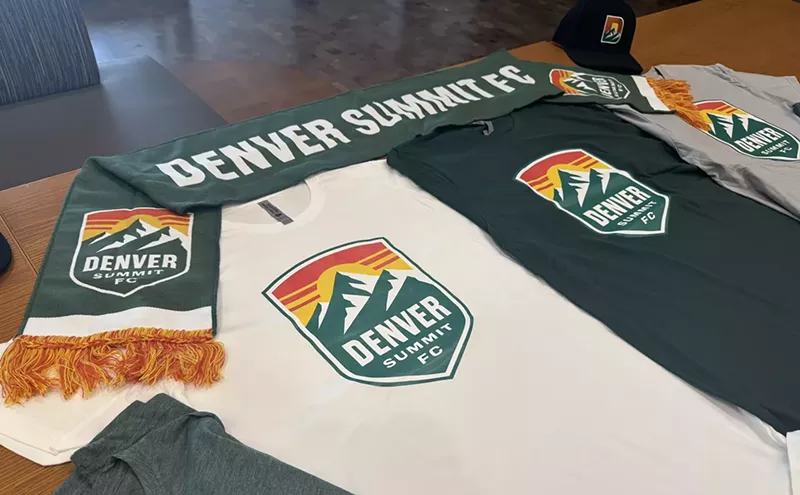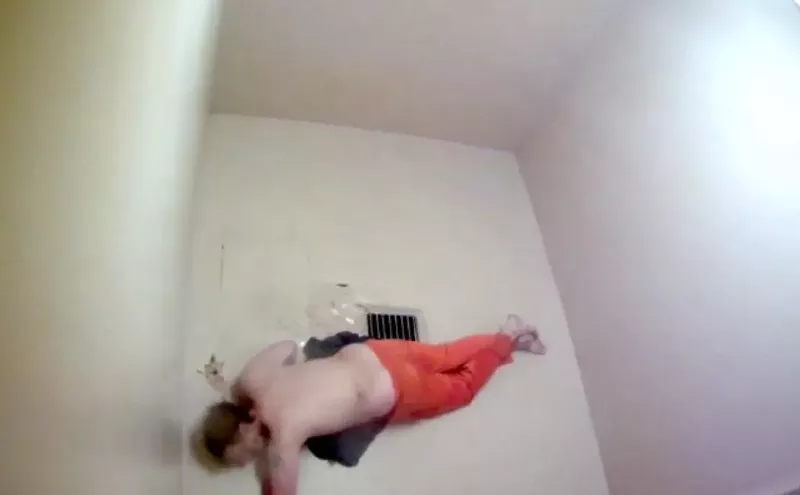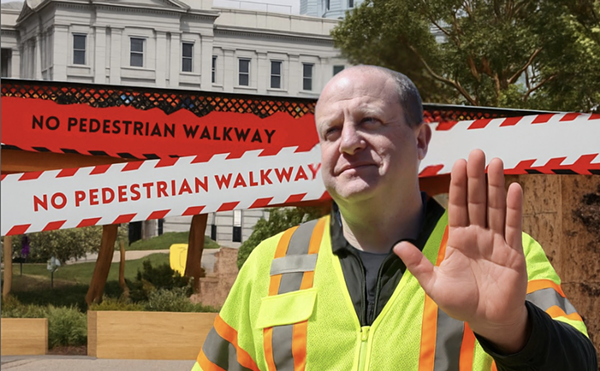Elvis lives in Aspen. Sometime after the King died, an unknown skier tacked an "Elvis Presley Boulevard" sign to the trunk of a pine tree in a wooded traverse on Aspen Mountain. In the days, weeks, months and years that followed, other fans added pictures and artifacts until the shrine spilled off the original trunk and spread onto other trees in the area. Today the Elvis shrine is so renowned that children visit it with their ski-school instructors.
And the Elvis shrine didn't just grow, it spawned a uniquely Aspen tradition of on-mountain memorials created and maintained not by the Aspen Skiing Company, but by skiers and riders.
Dave Wood is an expert on the shrines, and he takes his role as historian seriously. He's lived in Aspen for the past twelve years, and skied Aspen, Snowmass and Buttermilk for the last thirty. Along the way, he's collected facts and legends about the memorials, and he's shared that information on his website, www.aspensnowmassshrines.com, and in a recent book titled Sanctuaries in the Snow.
Wood has documented slopeside tributes to such celebrities as Hunter S. Thompson, who lived in Aspen, and Marilyn Monroe, Dale Earnhardt Jr., Michael Jackson, Stevie Ray Vaughan and the Beatles, who didn't. Of course, there's a Rocky Mountain High shrine for John Denver. There's even a monument for the definitely alive Jimmy Buffett, a part-time Aspen resident. A number of people around town have suggested that Buffett created that himself; while Wood won't take a position on that rumor, he does say that he's not aware of any other shrine devoted to a living person. (Although Ringo and Paul are alive, the Beatles are certainly gone.) There are also somber reminders of local skiers killed on the mountain, shrines for ski-area founders and other lost friends, including the victims of 9/11, and even to dogs and cats.
In keeping with the unwritten local rules, Wood will hint at where to find the shrines, but he won't provide turn-by-turn directions: The moment of discovery is part of what keeps them so special. "I think they are kind of a neat thing we have here," he says. "But you can ski here for years and never know they're there."
For the most part, the shrines start small and then accumulate ornaments and mementos over the years. Sometime during the winter of 1995-1996, for example, Aspen ski instructor Paul Wade and two ski patrol friends put up a small memorial to Grateful Dead founder Jerry Garcia, who had died the previous summer. They chose a wooden bench in the trees just far enough off the trail to be accessible but not in the way, and decorated it using a modified Jerry Garcia dashboard shrine kit and some laminated photos. Within a week, Wade noticed that people were hanging Dead trinkets from the pine tree by the bench. Today the Garcia shrine is among the most visited on the mountain, and still occasionally augmented with fresh pictures, roses and pot leaves.
Also Read: Ski resort "smoke shacks" have the bowls that really count
The Hunter Thompson shrine has become a mecca for skiers and boarders who admire the late gonzo journalist. Started by a handful of unnamed friends of Thompson's off a run appropriately named Gunbarrel, it is now one of the more well-known spots on Snowmass.
Other shrines aren't designed for visits by the casual skier. The memorial to Widespread Panic guitarist Michael Houser, who died of cancer nearly a decade ago, is in a double-diamond area. "That one is hard to get to, and even harder to get out of," Wood notes. "Whoever put that one in doesn't want anyone in there — certainly not the casual blue and green skier."
Like smoke shacks, these sanctuaries have become a legendary feature of Aspen — even through they're not officially approved by Aspen Skiing Company, which owns much of the private land on the mountains, or the U.S. Forest Service, which leases some 7,775 acres to the ski-resort company.
Unlike the smoke shacks — which Aspen Skiing Company officials vehemently deny even exist — the shrines are embraced by the resorts as part of the unique identity and history of Aspen. While Aspen Skiing Company spokeswoman Meredith McKee says that shrines technically aren't allowed, in a place rich with local tradition, sometimes the rules can be bent. "What is built is there," she explains, "but we don't condone anyone starting any new shrines. That's sort of the local rule." But even McKee admits that locals see that rule as bendable, and new shrines have popped up over the past few years.
Wood is particularly impressed with the personal connections that the shrines inspire. "People go to the trouble to keep the shrines going," he says. "You ski in there year after year after year. It's an interesting phenomenon."
Some skiers come back to visit the shrines as much as to hit their favorite runs; others create an unofficial scavenger hunt of locating them. "It's fun for our guests to have a place to go reflect on their day," McKee says. "It's also nice to stop and connect with other people. Like at the Jimi Hendrix shrine, you can ski up and people will be talking about seeing him play."
But only the Elvis shrine has found its way into official Aspen literature: It's on the kids' trail map.












